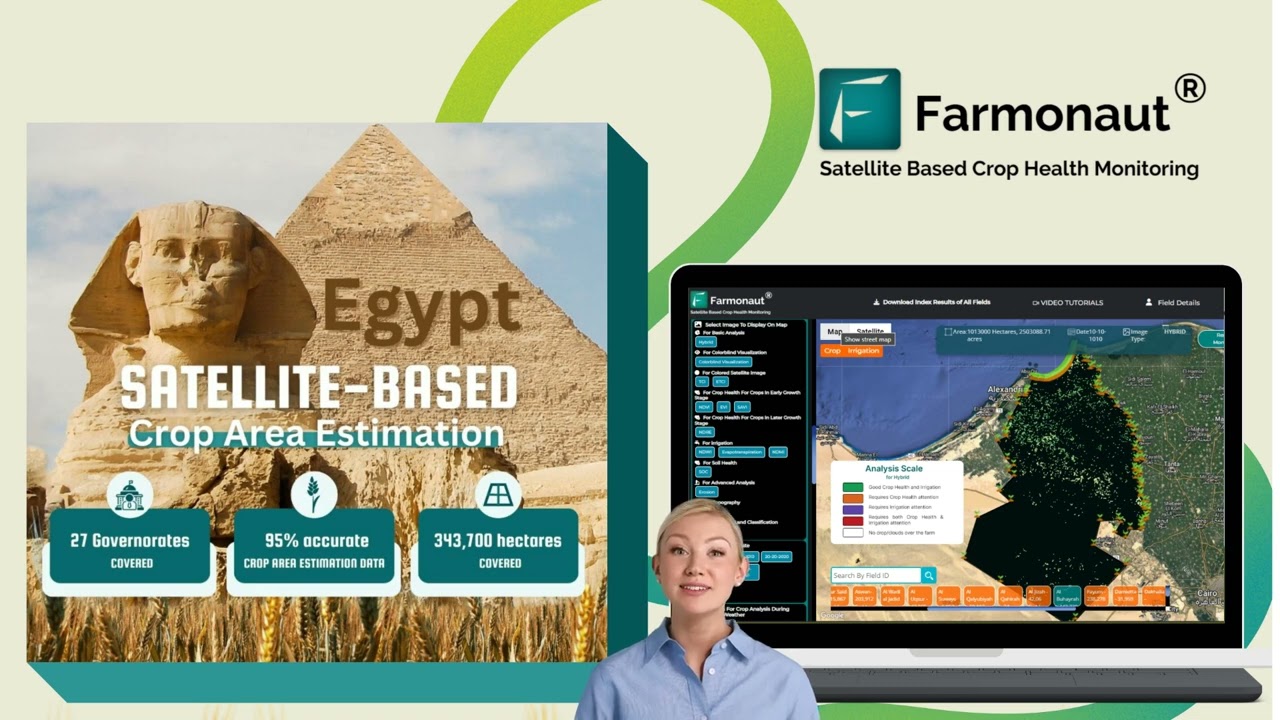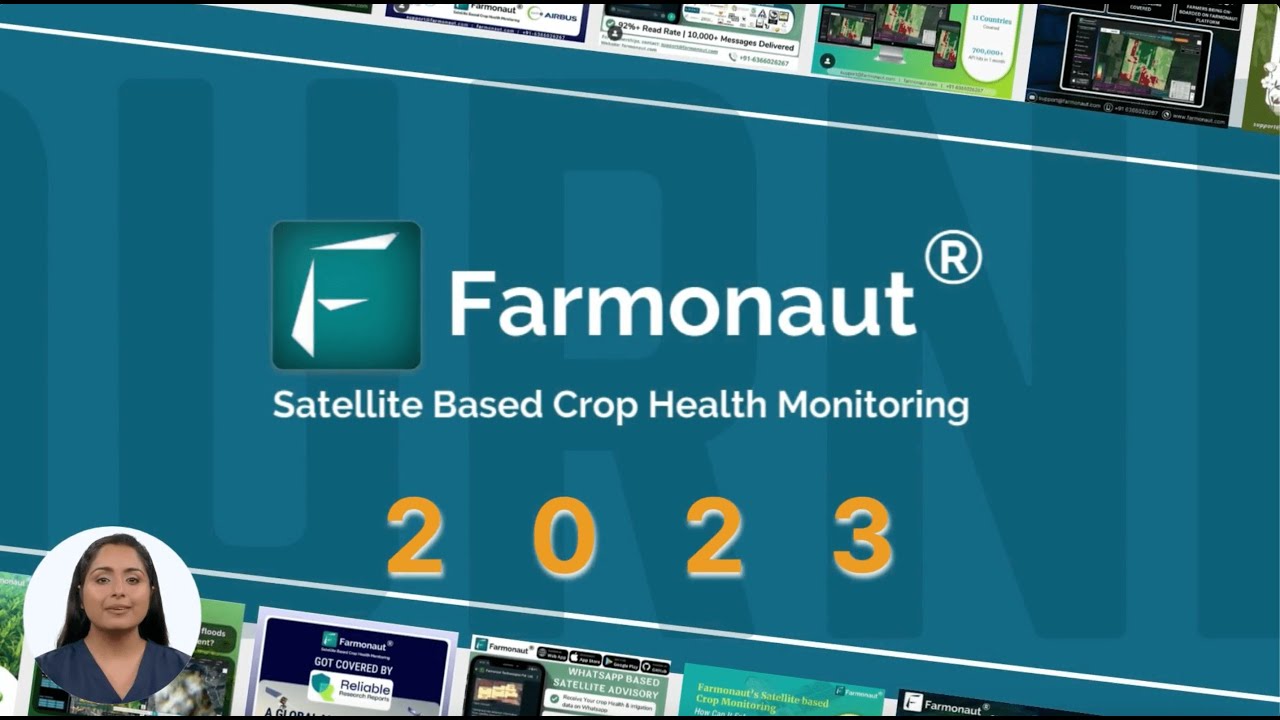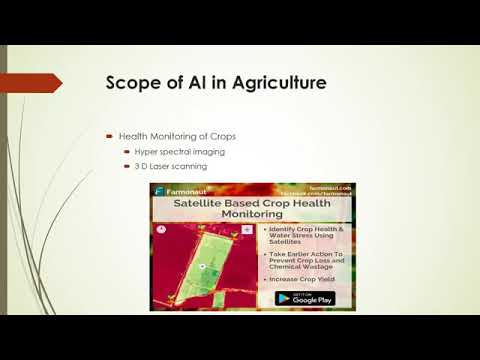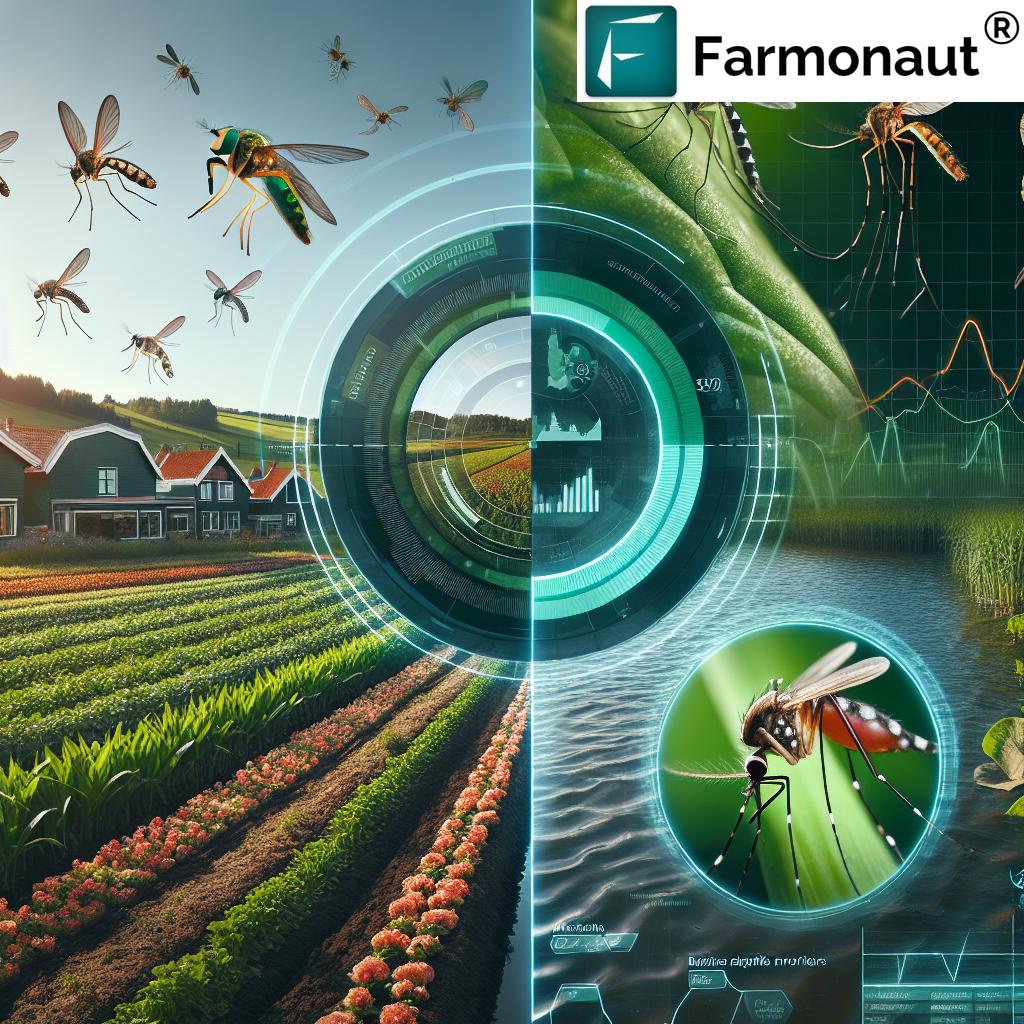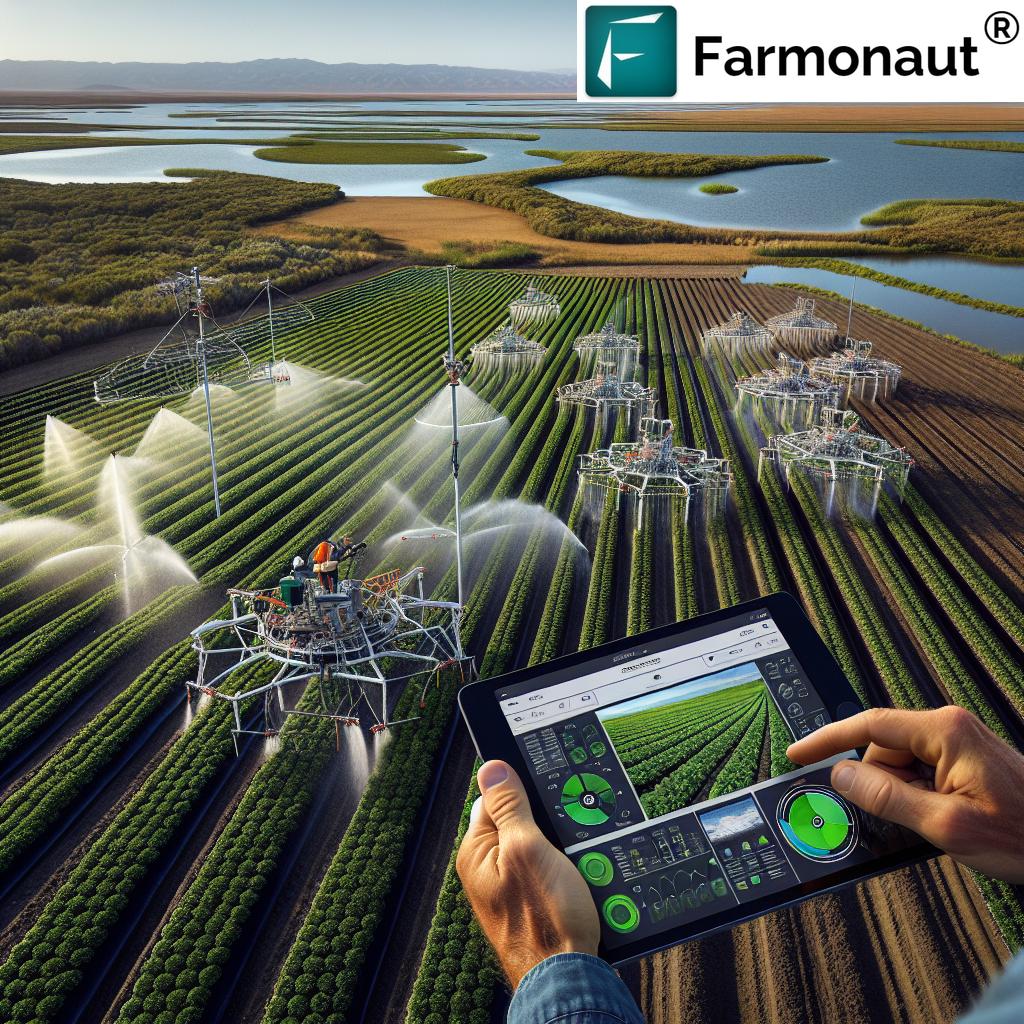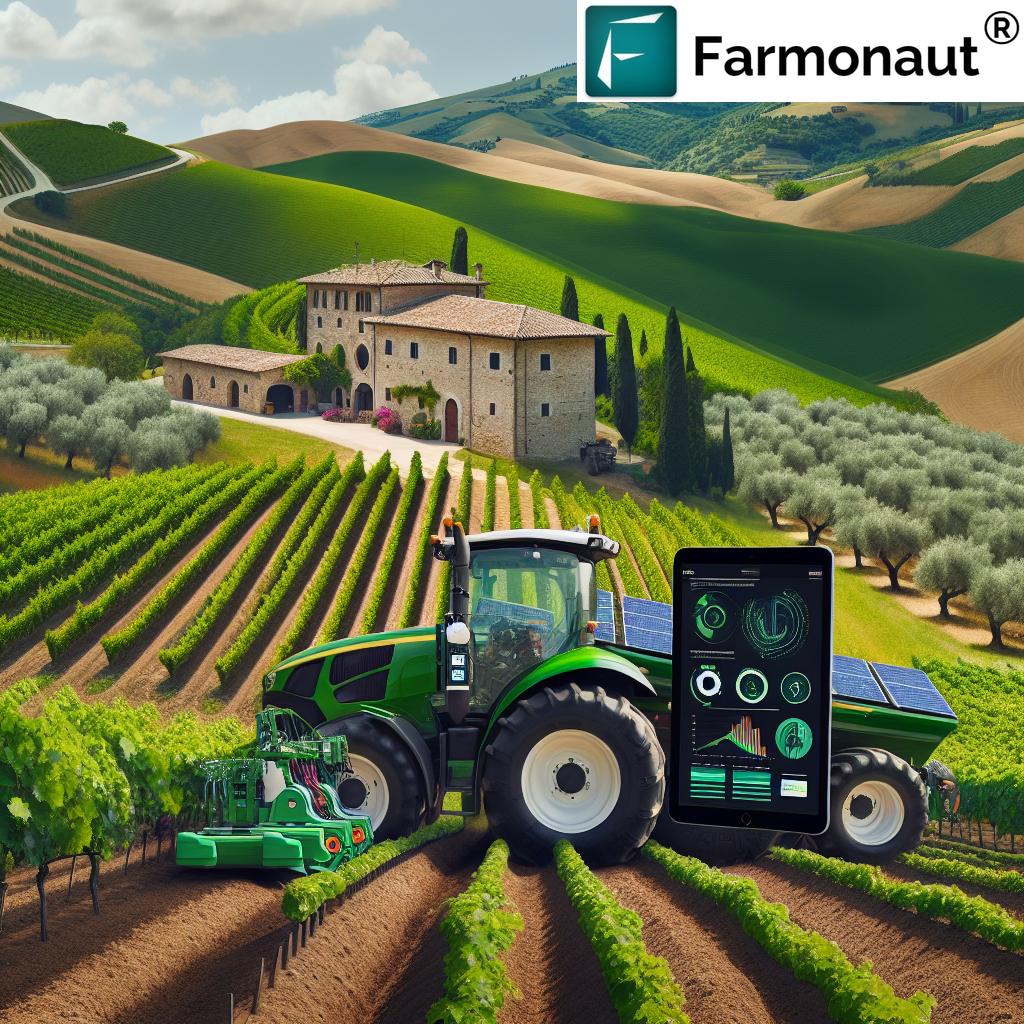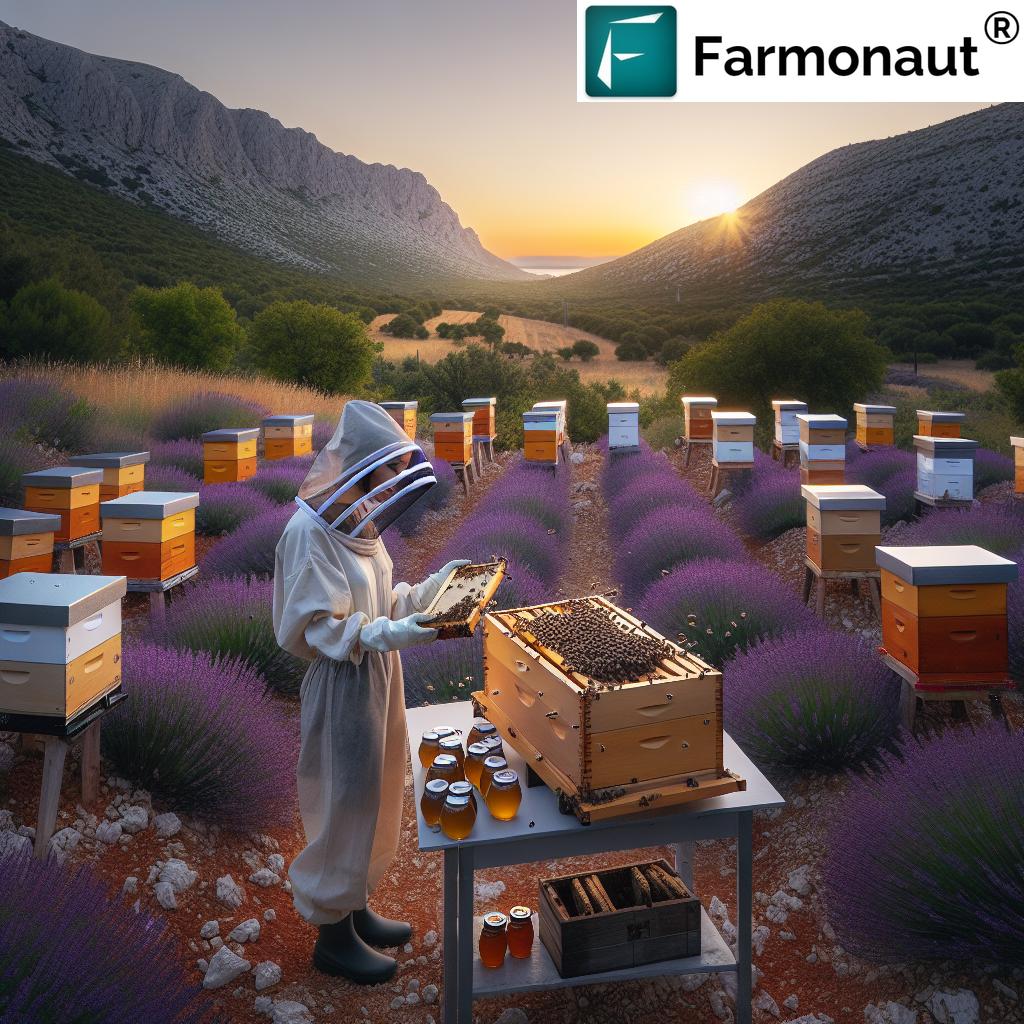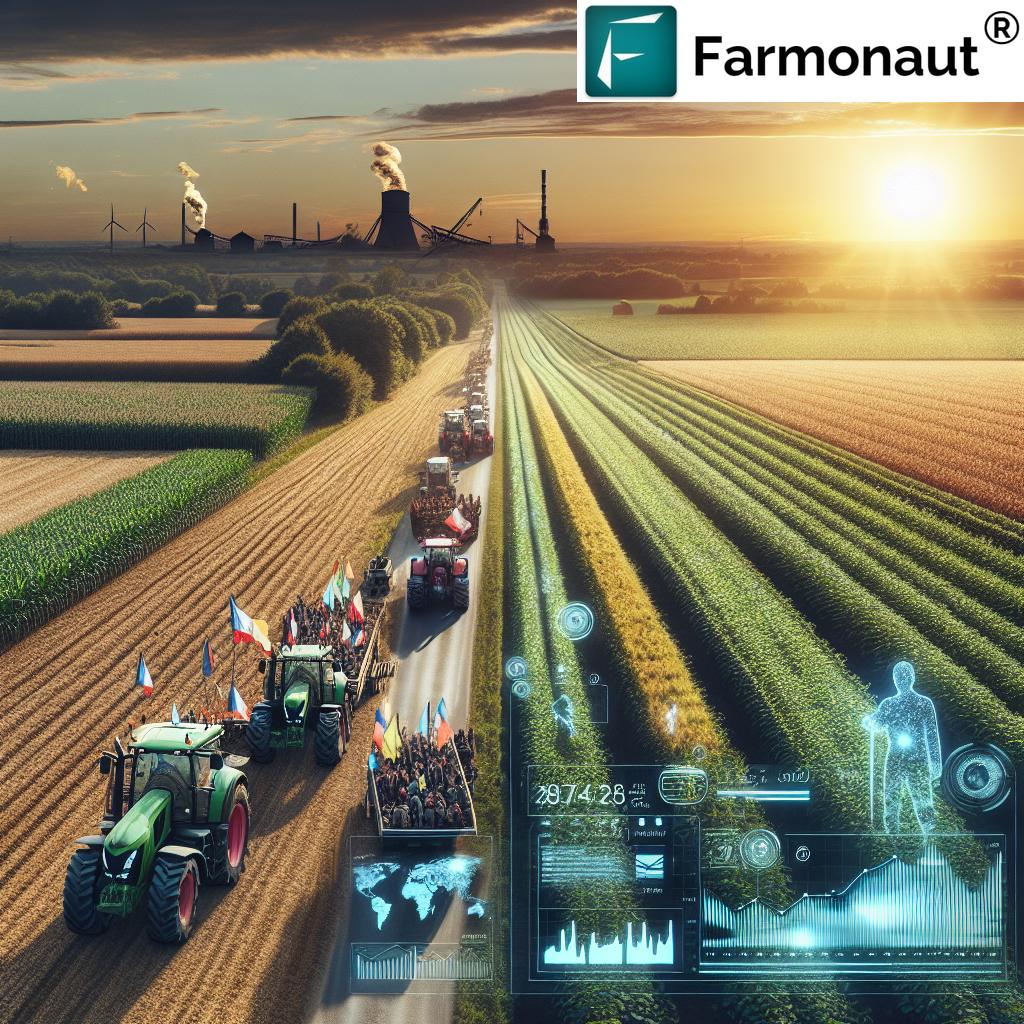European Agricultural Policy: Shaping Sustainable Farming Practices in Rome and Beyond
“A prominent European farming organization represents over 22 million farmers across the continent.”
In the heart of Europe, where ancient traditions meet modern innovation, a revolution is taking place in the agricultural sector. As we delve into the intricacies of European agricultural policy and sustainable farming practices, we find ourselves at the crossroads of tradition and progress. Our journey begins in the eternal city of Rome, where the seeds of agricultural reform are being sown, and extends across the fertile lands of the European Union (EU).

The Pillars of European Agricultural Policy
The European agricultural landscape is as diverse as it is vast, encompassing everything from the rolling hills of Tuscany to the vast plains of Poland. At the forefront of this agricultural tapestry is a prominent farming organization that represents over 22 million farmers across Europe. This organization is not just a voice for farmers; it’s a catalyst for agricultural innovation and technology, driving the sector towards a more sustainable and productive future.
The Common Agricultural Policy (CAP) stands as the cornerstone of EU agricultural policy. Established in 1962, it has evolved to meet the changing needs of farmers, consumers, and the environment. Today, the CAP focuses on three main objectives:
- Viable food production
- Sustainable management of natural resources
- Balanced development of rural areas
These objectives align closely with the broader goals of the European Green Deal, which aims to make Europe climate-neutral by 2050. The agricultural sector plays a crucial role in this ambitious plan, with farmers at the forefront of the fight against climate change.
Rome: A Hub of Agricultural Innovation
In the eternal city of Rome, the heart of Lazio region, we see the convergence of ancient farming traditions and cutting-edge agricultural technology. The city hosts several key institutions that are shaping the future of European agriculture:
- The Food and Agriculture Organization (FAO) of the United Nations
- The International Fund for Agricultural Development (IFAD)
- The World Food Programme (WFP)
These organizations work tirelessly to promote sustainable agricultural practices, food security, and rural development not just in Europe, but globally. Their presence in Rome underscores the city’s importance as a hub for agricultural policy and innovation.
In this context, it’s worth noting how technology is transforming agriculture. Platforms like Farmonaut are at the forefront of this revolution, offering satellite-based farm management solutions that align perfectly with the EU’s vision for sustainable and efficient farming.
The Role of Agricultural Cooperatives in Europe
“Agricultural cooperatives play a crucial role in Europe’s dairy production, impacting a significant portion of the industry.”
Agricultural cooperatives are the backbone of European farming, particularly in the dairy sector. These cooperatives bring together farmers, pooling resources and knowledge to enhance production efficiency and market power. In countries like Italy, where the tradition of cooperative farming runs deep, we see remarkable success stories.
Take, for example, the Parma region, renowned for its Parmigiano-Reggiano cheese. The production of this iconic dairy product is largely controlled by cooperatives that ensure high quality standards and fair prices for farmers. This model of cooperative farming extends beyond dairy to other sectors, including:
- Fruit and vegetable production
- Wine-making
- Olive oil production
The success of these cooperatives demonstrates the power of collective action in agriculture, a principle that aligns well with the EU’s vision for a more sustainable and equitable farming sector.
Climate-Conscious Farming: A European Priority
As climate change poses increasingly severe challenges to agriculture, European farmers are at the forefront of adopting climate-conscious farming practices. The EU’s farm to fork strategy, a key component of the European Green Deal, sets ambitious targets for reducing the environmental and climate impact of farming.
Some key initiatives include:
- Reducing the use of chemical pesticides by 50% by 2030
- Reducing nutrient losses by at least 50% while ensuring no deterioration in soil fertility
- Reducing the use of fertilizers by at least 20% by 2030
- Reducing sales of antimicrobials for farmed animals and in aquaculture by 50% by 2030
These targets are driving innovation in farming practices across Europe. In Italy, for instance, we’re seeing a resurgence of traditional farming methods combined with modern technology. The concept of precision agriculture, which uses data to optimize resource use, is gaining traction.
This is where platforms like Farmonaut come into play, offering farmers the tools to monitor crop health, soil moisture, and other critical metrics using satellite imagery. By providing real-time data and AI-driven insights, such technologies are enabling farmers to make more informed decisions, reducing waste and improving yields.
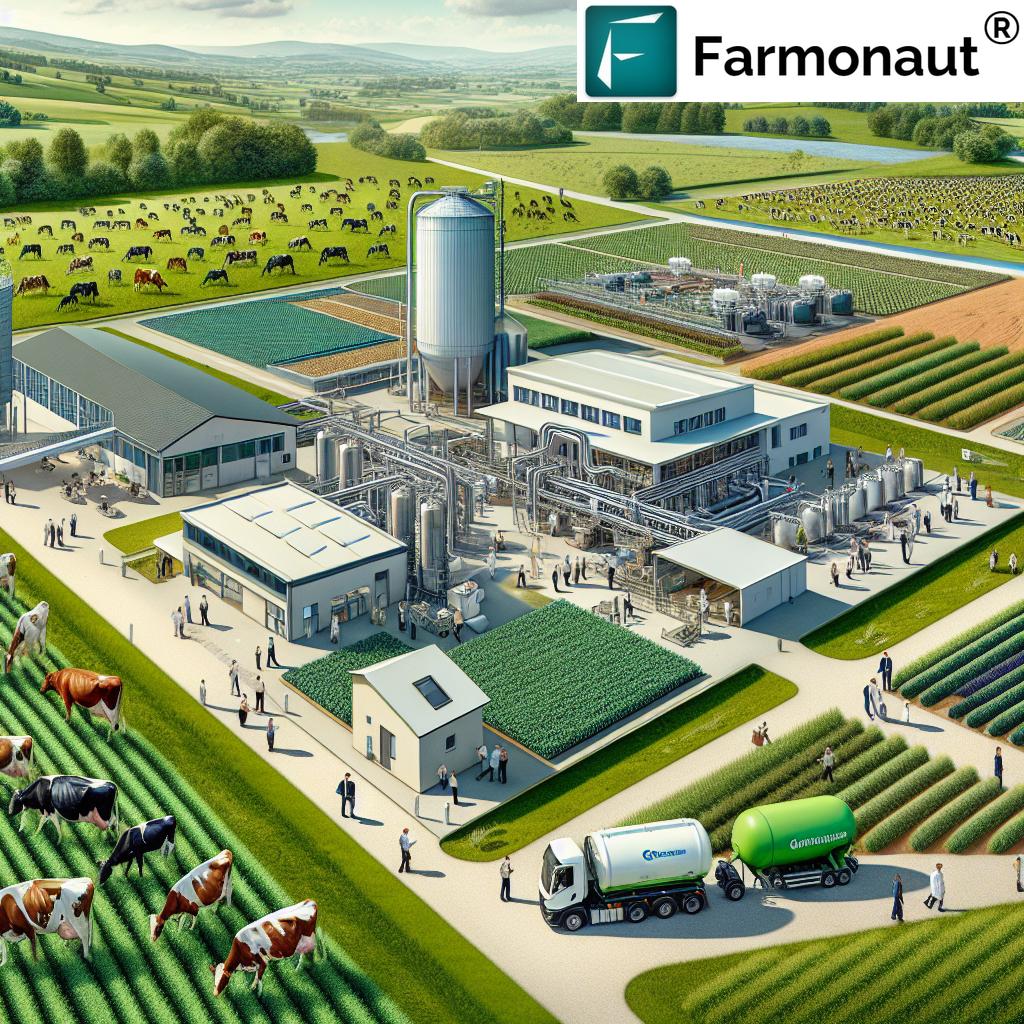
Renewable Energy in Agriculture: A Growing Trend
The integration of renewable energy in agriculture is another key trend shaping the future of European farming. The EU’s renewable energy directive sets a binding target of 32% for renewable energy sources in the EU’s energy mix by 2030. Agriculture has a significant role to play in meeting this target.
Across Europe, we’re seeing innovative approaches to integrating renewable energy into farming operations:
- Solar panels installed on farm buildings and greenhouses
- Wind turbines on agricultural land
- Biogas plants using agricultural waste
- Energy crops for biofuel production
These initiatives not only help reduce the carbon footprint of agriculture but also provide farmers with additional income streams, enhancing the economic sustainability of rural communities.
Crop Farming Techniques: Balancing Tradition and Innovation
In the realm of crop farming, European agriculture is witnessing a fascinating blend of traditional wisdom and cutting-edge technology. From the vineyards of Tuscany to the wheat fields of Ukraine, farmers are adopting practices that enhance productivity while preserving soil health and biodiversity.
Some key trends in crop farming include:
- Conservation agriculture: Minimizing soil disturbance, maintaining soil cover, and practicing crop rotation
- Agroforestry: Integrating trees and shrubs into crop and animal farming systems
- Precision farming: Using GPS, sensors, and big data to optimize resource use
- Organic farming: Producing food using natural substances and processes
These practices are not only improving yields and reducing environmental impact but also enhancing the quality of agricultural products. For instance, the adoption of organic farming practices has led to a surge in the production of high-quality, premium-priced organic foods across Europe.
Technology plays a crucial role in implementing these advanced farming techniques. Platforms like Farmonaut provide farmers with valuable tools for precision agriculture, offering satellite-based crop monitoring and AI-driven insights. By leveraging such technologies, European farmers can make data-driven decisions to optimize their crop management strategies.
Supply Chain Sustainability: From Farm to Fork
The concept of supply chain sustainability is gaining increasing importance in European agriculture. The EU’s farm to fork strategy aims to make food systems fair, healthy, and environmentally friendly. This involves looking at every step of the food supply chain, from production to consumption.
Key aspects of supply chain sustainability include:
- Traceability: Ensuring transparency in food production and distribution
- Short supply chains: Promoting local food systems and direct farmer-to-consumer sales
- Reducing food waste: Implementing strategies to minimize waste at all stages of the supply chain
- Fair pricing: Ensuring farmers receive a fair price for their products
Technology is playing a crucial role in enhancing supply chain sustainability. For instance, blockchain-based solutions are being used to improve traceability in food supply chains. This is an area where platforms like Farmonaut can contribute significantly, offering blockchain-based traceability solutions that enhance transparency and trust in agricultural supply chains.
The Future of European Agriculture: Challenges and Opportunities
As we look to the future, European agriculture faces both challenges and opportunities. Climate change, biodiversity loss, and demographic shifts in rural areas are some of the key challenges. However, these challenges are also driving innovation and policy reform, creating opportunities for a more sustainable and resilient agricultural sector.
Some key areas of focus for the future include:
- Promoting generational renewal in agriculture
- Enhancing the role of women in farming
- Leveraging digital technologies for smart farming
- Developing climate-resilient crop varieties
- Promoting agroecological approaches to farming
The role of research and innovation in addressing these challenges cannot be overstated. EU programs like Horizon Europe are investing heavily in agricultural research, focusing on areas such as soil health, plant breeding, and digital agriculture.
In this context, the role of agtech companies like Farmonaut becomes increasingly important. By providing farmers with access to advanced technologies like satellite-based crop monitoring and AI-driven insights, such platforms are empowering farmers to meet the challenges of the future.
European Agricultural Policy Initiatives and Impact
| Policy Name | Objectives | Implementing Organization | Estimated Impact |
|---|---|---|---|
| Common Agricultural Policy (CAP) | Ensure food security, fair farmer income, environmental protection | European Commission | Supports 6.2 million farms across EU |
| Farm to Fork Strategy | Sustainable food production, processing, distribution, and consumption | European Commission | Aims to reduce pesticide use by 50% by 2030 |
| EU Organic Action Plan | Increase organic farming and market share | European Commission | Target: 25% of agricultural land under organic farming by 2030 |
| European Green Deal | Climate neutrality, sustainable economy | European Commission | Aims for 55% reduction in greenhouse gas emissions by 2030 |
Conclusion: A Sustainable Future for European Agriculture
As we’ve explored in this comprehensive overview, European agricultural policy is driving significant changes in farming practices across the continent. From the ancient fields of Rome to the modern farms of Northern Europe, we’re witnessing a transformation towards more sustainable, efficient, and resilient agricultural systems.
The challenges are significant, but so too are the opportunities. By embracing innovation, leveraging technology, and fostering cooperation, European farmers are positioning themselves at the forefront of global agriculture. The future of farming in Europe is not just about producing food; it’s about stewarding the land, protecting biodiversity, and contributing to the fight against climate change.
As we move forward, the role of technology in agriculture will only grow. Platforms like Farmonaut are leading the way, providing farmers with the tools they need to thrive in this new era of sustainable agriculture. Whether it’s through satellite-based crop monitoring, AI-driven insights, or blockchain-based traceability solutions, such technologies are empowering farmers to meet the challenges of the 21st century.
The journey towards sustainable agriculture in Europe is ongoing, but the direction is clear. With continued investment in research, innovation, and farmer support, European agriculture is well-positioned to lead the global transition towards more sustainable food systems. As we’ve seen, from Rome to Brussels, from small family farms to large cooperatives, the seeds of change have been sown. The harvest, we believe, will be bountiful.
FAQs
- What is the Common Agricultural Policy (CAP)?
The CAP is the EU’s agricultural policy that aims to support farmers, improve agricultural productivity, and ensure a stable supply of affordable food. - How is the EU promoting sustainable farming practices?
Through initiatives like the Farm to Fork Strategy, which aims to make food systems fair, healthy, and environmentally friendly. - What role do agricultural cooperatives play in European farming?
Cooperatives play a crucial role, particularly in sectors like dairy production, by pooling resources and enhancing market power for farmers. - How is technology changing European agriculture?
Technologies like satellite-based crop monitoring, AI-driven insights, and blockchain are revolutionizing farming practices, improving efficiency and sustainability. - What are the main challenges facing European agriculture?
Key challenges include climate change, biodiversity loss, and demographic shifts in rural areas.
For more information on how technology is transforming agriculture, visit Farmonaut or explore our API for developers. You can also download our mobile apps for on-the-go farm management:


